
Melhores indicadores para a negociação de criptomoedas
Navegar pelo mundo da negociação de criptomoedas pode ser uma tarefa assustadora, especialmente com a volatilidade do mercado. Uma das formas mais poderosas de ganhar vantagem como trader é utilizar indicadores de trading.
Estas ferramentas permitem analisar as tendências do mercado, compreender a ação dos preços e tomar decisões informadas que podem levar a negociações mais bem-sucedidas. Neste artigo, iremos explorar os indicadores mais eficazes para utilizar na negociação de criptomoedas e como podem melhorar a sua estratégia.
O que é um indicador na negociação?
Os indicadores de negociação são fórmulas matemáticas que permitem visualizar dados em um gráfico de criptomoedas. Ajudam a identificar possíveis sinais, tendências e mudanças de ritmo. Simplificando, os indicadores de negociação fornecem informações sobre quando podem ocorrer movimentos do mercado, com base em dados históricos, como flutuações de preços e de volume. Esta informação ajuda os traders a compreender a situação atual do mercado e a prever o comportamento futuro, especialmente no contexto da volatilidade que definem o mercado das criptomoedas.
Os indicadores são essenciais para remover a emoção do processo de tomada de decisão na negociação. Fornecem insights objetivos e baseados em dados, ajudando os traders a evitar confiar em sentimentos viscerais ou preconceitos pessoais. Ao utilizar os indicadores certos, é possível identificar tendências precocemente, detetar alterações de momentum e até prever reversões. Isto permite aos traders criar uma estratégia disciplinada e informada, adaptada à volatilidade única do mercado das criptomoedas.
Lista dos melhores indicadores
Aqui está uma lista dos 10 indicadores mais utilizados na negociação de criptomoedas:
- Média Móvel (MM);
- Índice de Força Relativa (IFR);
- Convergência Divergência da Média Móvel (MACD);
- Bandas de Bollinger;
- Retração de Fibonacci;
- Oscilador Estocástico;
- Nuvem Ichimoku;
- SAR parabólico;
- Volume em equilíbrio;
- Índice direcional médio (ADX).
Vamos agora aprofundar cada um destes indicadores e explorar como o podem ajudar a melhorar a sua estratégia de trading.

Média Móvel (MM)
A Média Móvel (MM) é um indicador que suaviza as flutuações de preços e ajuda a identificar a tendência primária do mercado.
A essência do MA é que mostra a direção do mercado; se o preço estiver acima da MM, pode indicar uma tendência de alta, enquanto que se estiver abaixo, sugere uma tendência de baixa. A média móvel filtra as flutuações aleatórias, revelando a tendência principal. É também utilizado para confirmar sinais de compra ou venda, como quando o preço cruza a MM. Ao analisar o mercado das criptomoedas, são frequentemente utilizados os valores da Média Móvel de 50 dias (50 MA) e da Média Móvel de 200 dias (200 MA).
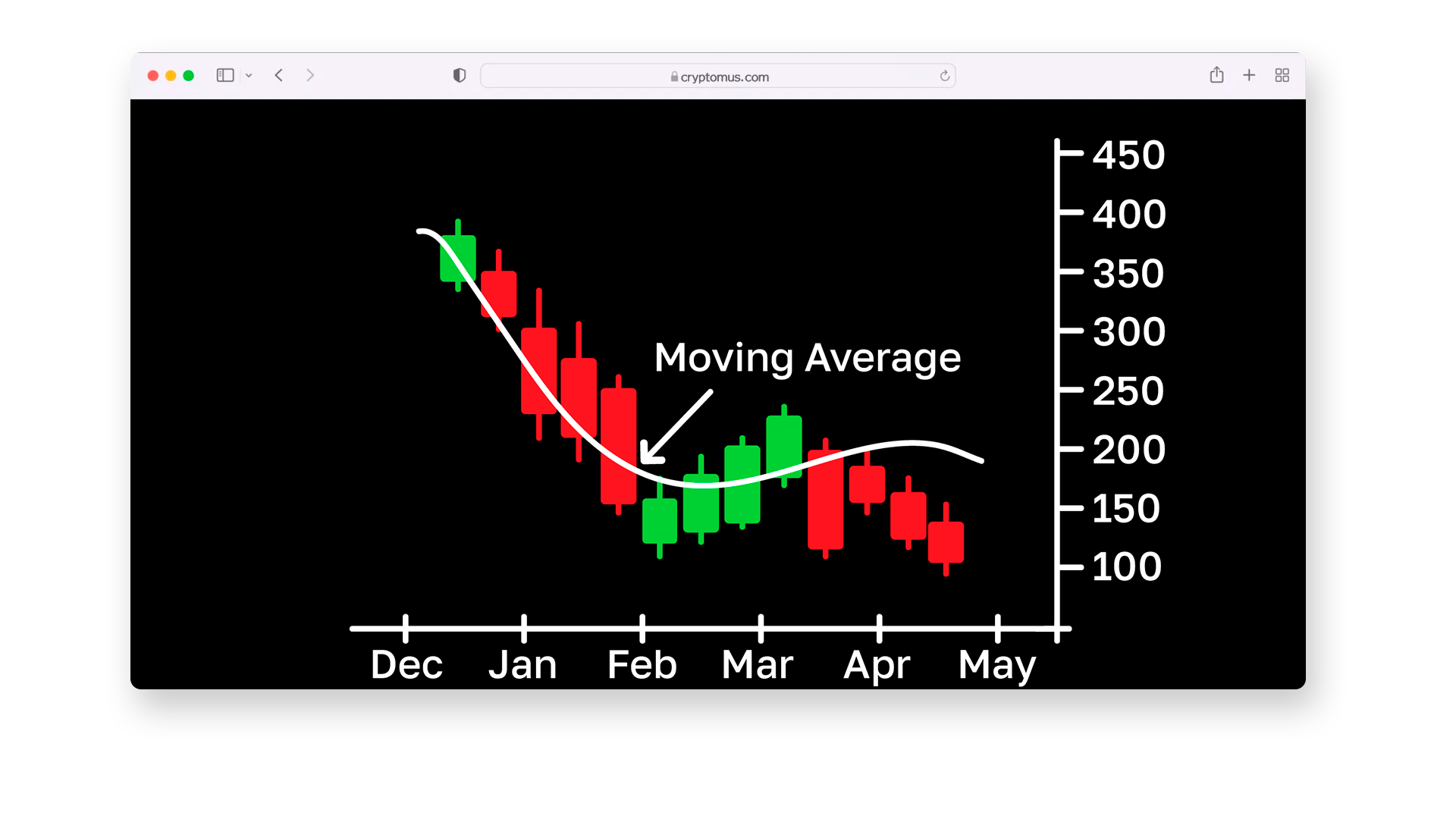
A Média Móvel (MM) é calculada dividindo a soma total dos valores dos preços num número especificado de períodos (n) pelo número de períodos. Aqui, "n" indica o período escolhido e o resultado representa o preço médio nesse período.
Índice de Força Relativa (RSI)
O Índice de Força Relativa (RSI) é um indicador que mede a velocidade e a magnitude das alterações de preço para identificar condições de sobrecompra ou sobrevenda no mercado.
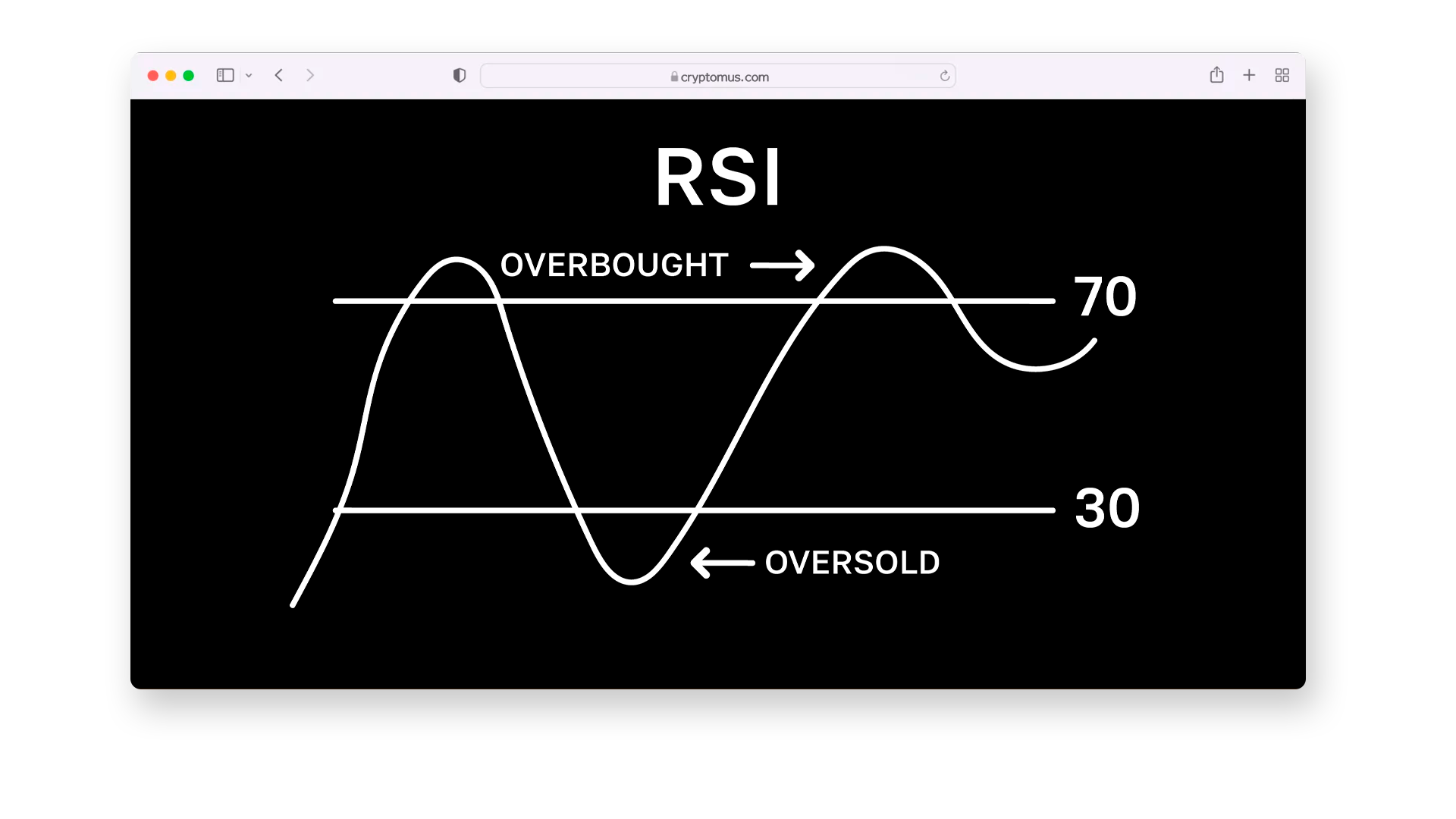
A essência do RSI é que avalia o momentum; se o valor do RSI estiver acima de 70, isto pode indicar que o ativo está sobrecomprado e prestes a uma possível correção de preço, enquanto um RSI abaixo de 30 sugere que o ativo está sobrevendido e pode sofrer uma recuperação de preço. Assim, o RSI ajuda os traders a identificar possíveis reversões ou a confirmar tendências analisando a força dos movimentos recentes dos preços. Para calcular o RSI, compara os ganhos e as perdas médios ao longo do número de períodos escolhido. A fórmula atribui valores mais elevados a movimentos ascendentes mais fortes e valores mais baixos a movimentos descendentes mais fortes, gerando um valor de índice entre 0 e 100.
Convergência Divergência da Média Móvel (MACD)
Moving Average Convergence Divergence (MACD) é um indicador que mostra a relação entre duas médias móveis do preço de um ativo para identificar possíveis mudanças de tendência e momentum.
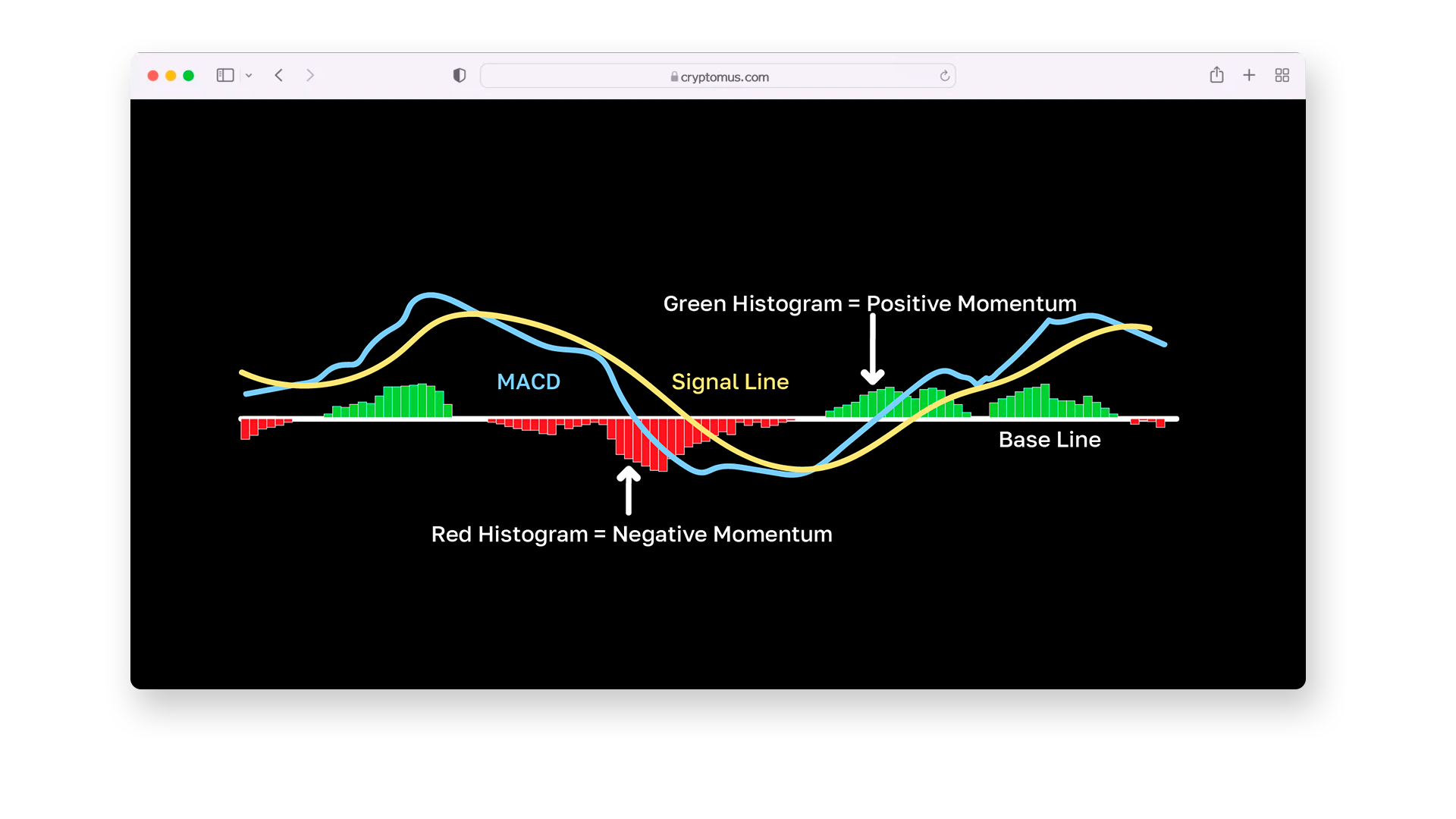
A essência do MACD é que destaca quando uma tendência está a fortalecer ou a enfraquecer. É constituído por três componentes: a linha MACD (diferença entre duas médias móveis), a linha de sinal (uma média móvel da linha MACD) e o histograma (a diferença entre a linha MACD e a linha de sinal). Um cruzamento da linha MACD acima da linha de sinal pode indicar um sinal de alta , enquanto que o cruzamento abaixo deste pode sugerir um sinal de baixa. Os traders utilizam frequentemente o MACD com definições padrão de 12, 26 e 9 períodos.
Bandas de Bollinger
Bandas de Bollinger é um indicador que mede a volatilidade dos preços e ajuda a identificar potenciais condições de sobrecompra ou sobrevenda utilizando uma média móvel e duas linhas de desvio padrão.
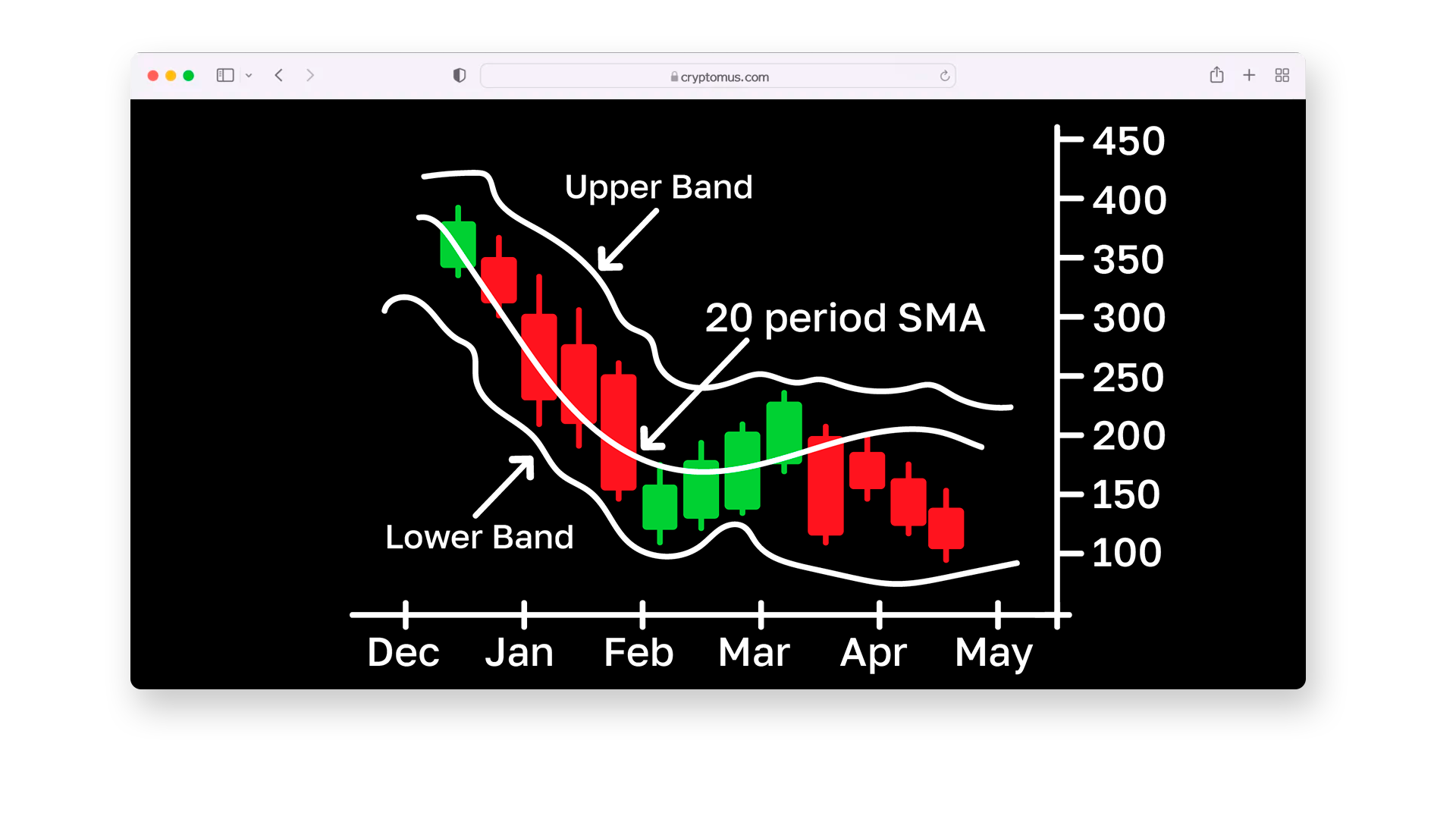
A essência das Bandas de Bollinger é que se adaptam à volatilidade do mercado. Quando as bandas se alargam, isso indica uma elevada volatilidade; quando estreitam, sugerem baixa volatilidade. O movimento do preço em direção à banda superior pode indicar condições de sobrecompra, enquanto o movimento em direção à banda inferior pode indicar condições de sobrevenda.
As Bandas de Bollinger são constituídas por três linhas: a banda intermédia (uma média móvel simples), a banda superior (SMA mais um múltiplo do desvio padrão) e a banda inferior (SMA menos o mesmo múltiplo do desvio padrão). Os traders utilizam frequentemente uma configuração padrão de uma SMA de 20 períodos com bandas definidas a dois desvios-padrão da média. Esta estrutura ajuda a avaliar potenciais rompimentos ou reversões.
Retração de Fibonacci
A retração de Fibonacci é uma ferramenta utilizada para identificar potenciais níveis de suporte e resistência através da análise dos principais níveis de preço dentro de uma tendência, com base na sequência de Fibonacci.
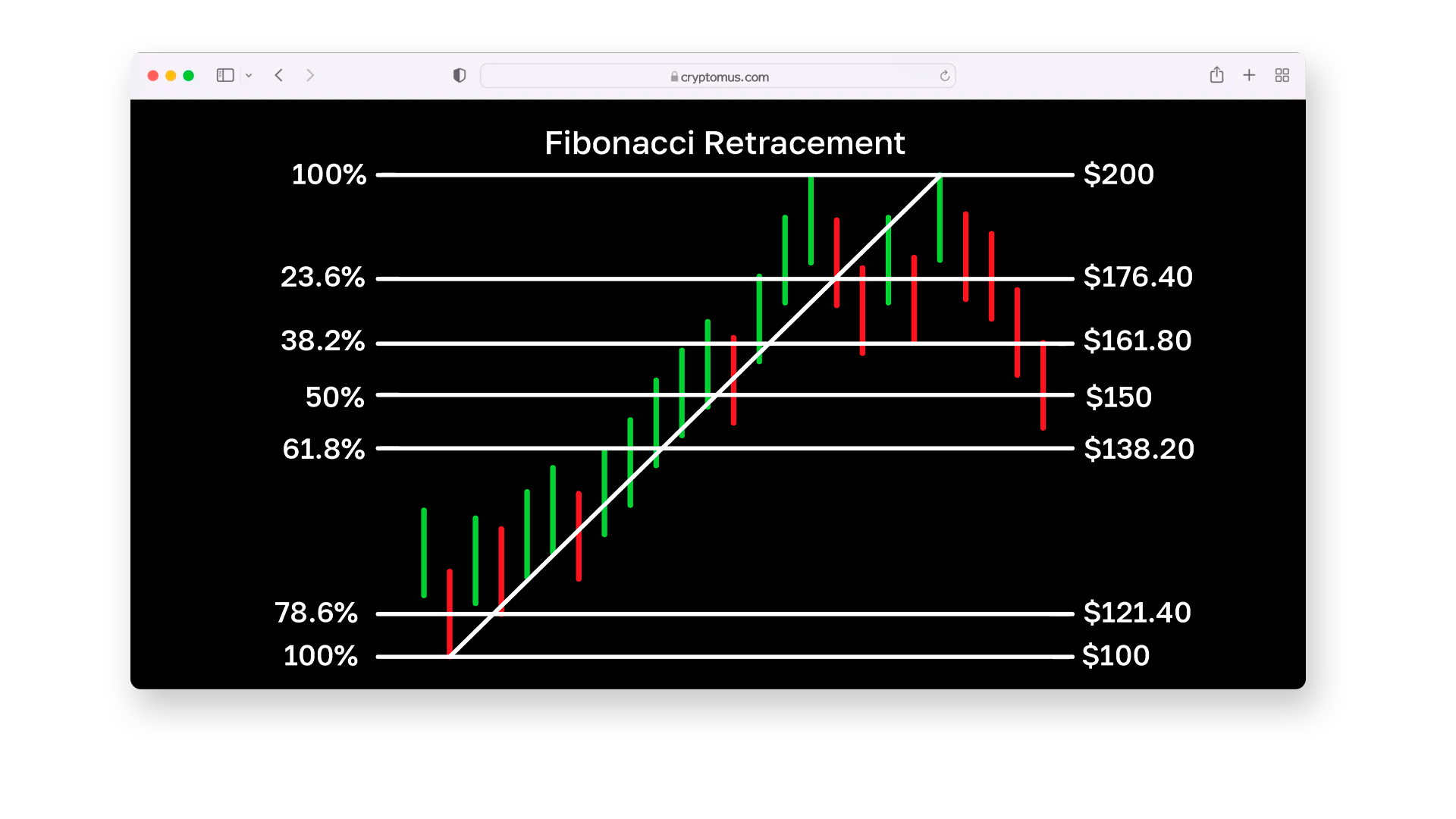
A essência da retração de Fibonacci é que ajuda a prever onde o preço pode parar ou reverter durante uma retração. Os níveis de retração comuns são de 23,6%, 38,2%, 50%, 61,8% e 78,6%. Estas percentagens representam o quanto o preço recuou em relação a um movimento anterior.
Para utilizar a Retração de Fibonacci, identifica um máximo e um mínimo significativos no gráfico de preços. A ferramenta traça linhas horizontais nos principais níveis de retração entre estes dois pontos. Os traders observam estes níveis em busca de possíveis reversões de tendência, sinais de continuação ou confirmações de ruturas.
Oscilador Estocástico
O oscilador estocástico é um indicador que mede a posição do preço atual de um ativo em relação à sua gama de preços durante um período especificado, ajudando a identificar condições de sobrecompra ou sobrevenda.
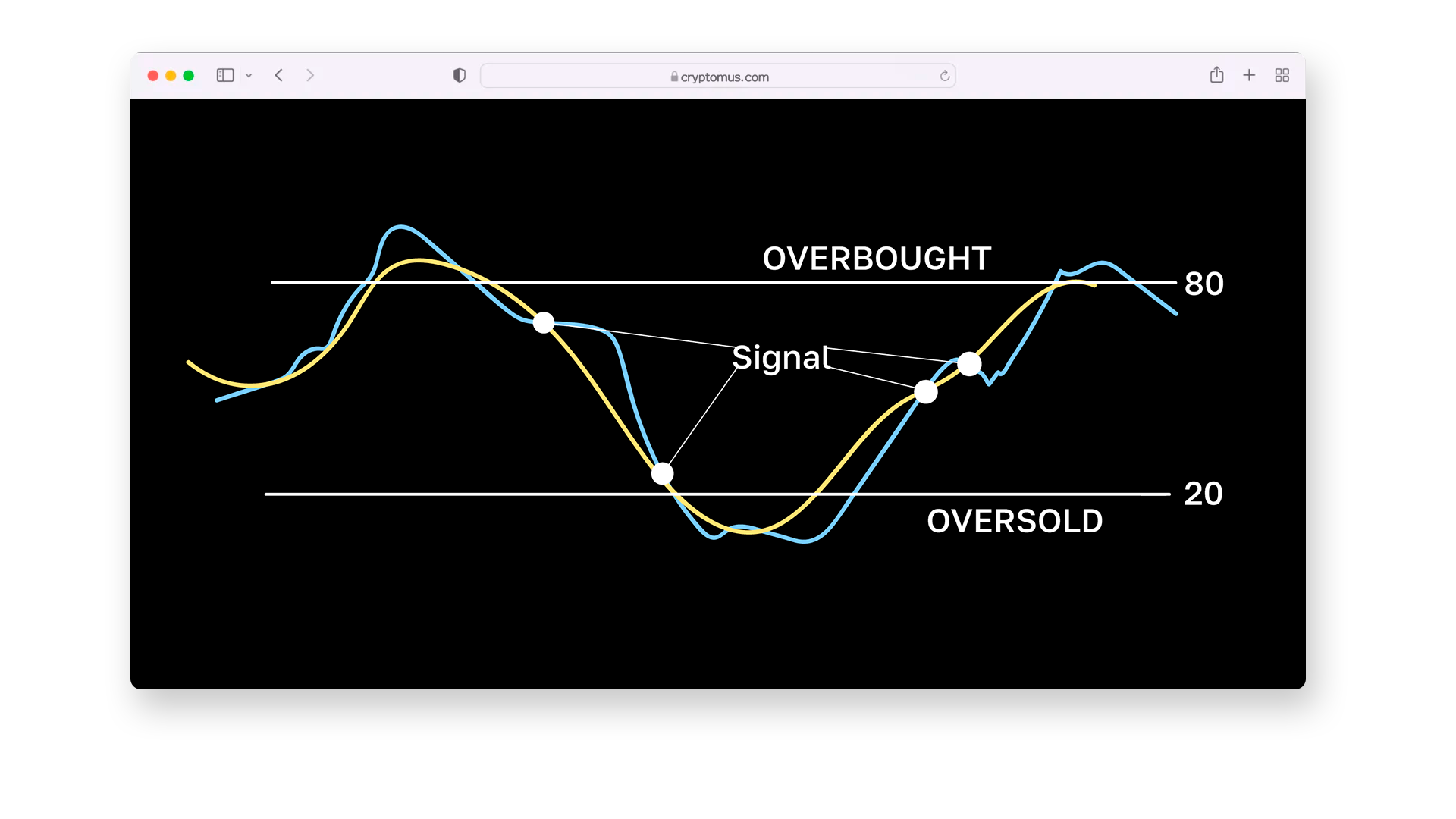
A essência do Oscilador Estocástico é que compara o preço de fecho com a gama máxima e mínima durante um período definido. Um valor acima de 80 sugere que o ativo está sobrecomprado e pode estar prestes a sofrer uma retração, enquanto um valor abaixo de 20 indica condições de sobrevenda e potencial para uma recuperação.
O Oscilador Estocástico é constituído por duas linhas: %K (a linha principal) e %D (uma média móvel de %K). Os traders utilizam estas linhas para identificar cruzamentos, que podem sinalizar oportunidades de compra ou venda. A configuração padrão utiliza normalmente 14 períodos, mas pode ser ajustada para se adequar a estratégias de negociação específicas.
Nuvem Ichimoku
Ichimoku Cloud é um indicador abrangente que fornece insights sobre a direção da tendência, momentum e potenciais níveis de suporte ou resistência, utilizando múltiplas linhas calculadas.
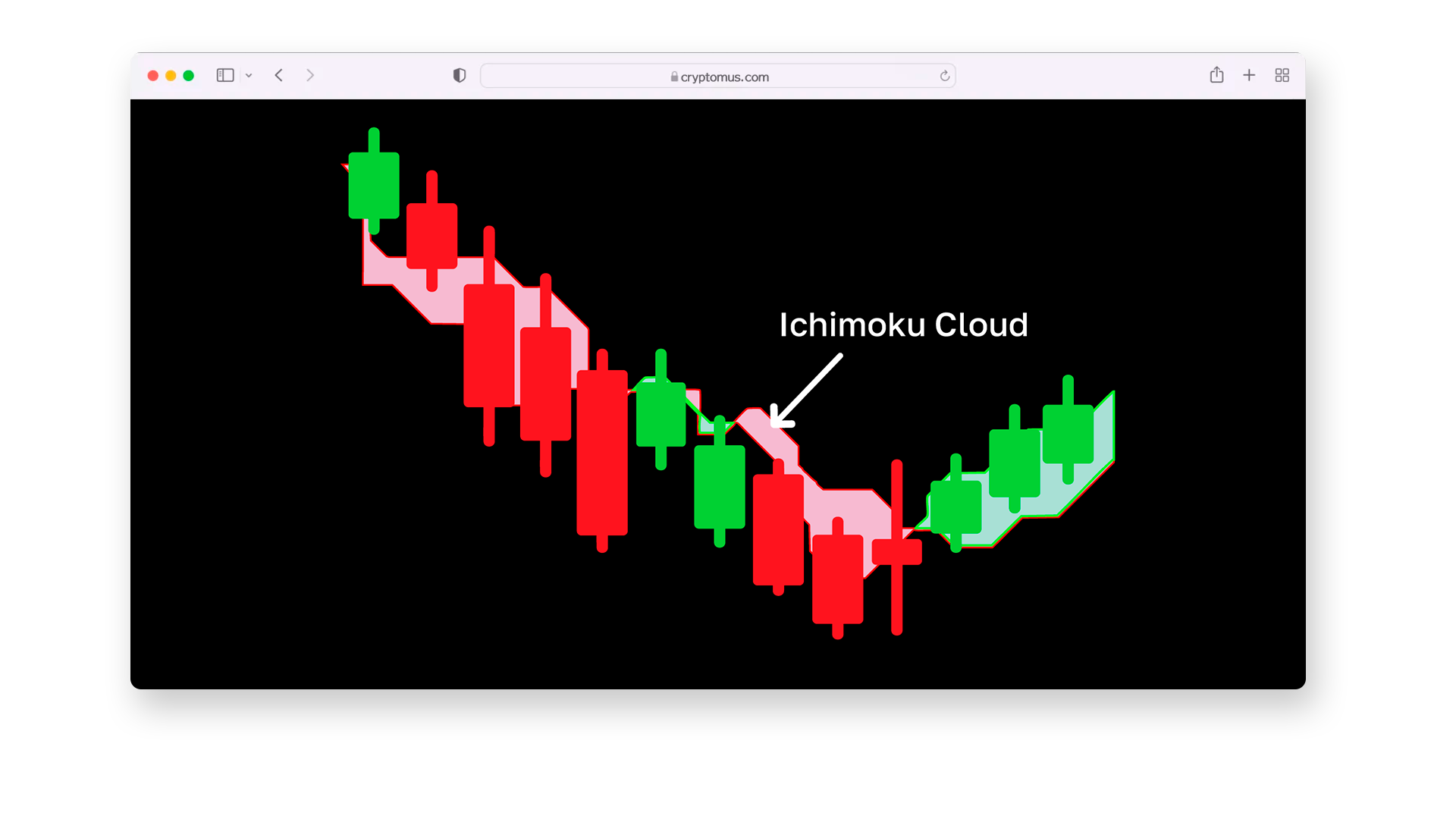
A essência da Nuvem Ichimoku é que oferece uma representação visual das condições de mercado. Se o preço estiver acima da cloud, isso sugere uma tendência de alta; se for abaixo, é uma tendência de queda. A espessura da nuvem representa a força do suporte ou resistência, enquanto que os cruzamentos das linhas do indicador podem sinalizar potenciais reversões de tendência.
A Nuvem Ichimoku é constituída por cinco linhas: a Linha de Conversão (média de curto prazo), a Linha de Base (média de médio prazo), o Leading Span A e B (limites da nuvem) e o Lagging Span (um preço de fecho histórico). Os traders utilizam-no frequentemente para confirmar tendências, avaliar o momento e identificar pontos de entrada ou saída.
SAR parabólico
O SAR Parabólico (Stop and Reverse) é um indicador que ajuda a identificar a direção de uma tendência e os potenciais pontos onde a tendência pode reverter.
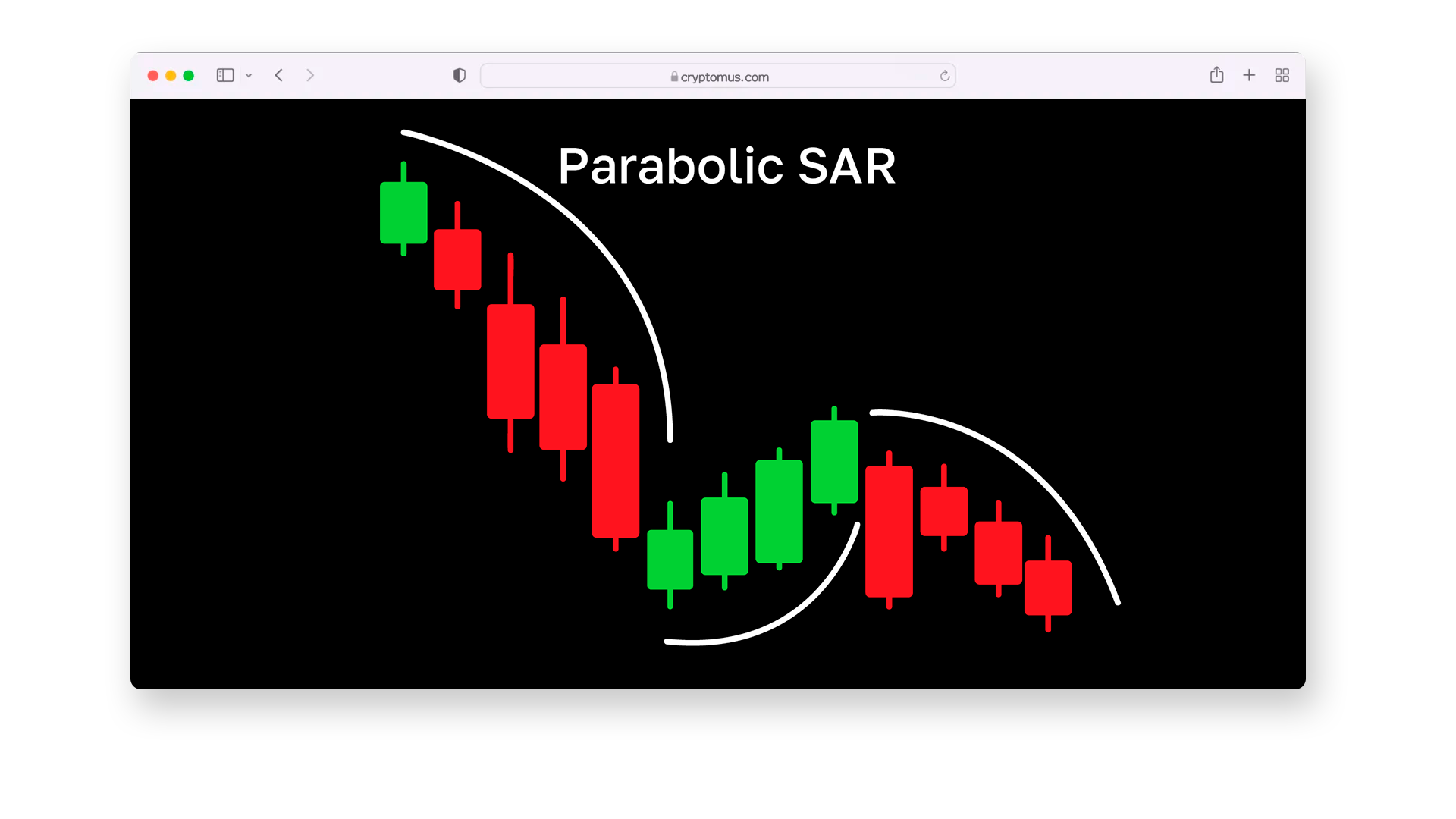
A essência do SAR Parabólico é que coloca pontos acima ou abaixo do preço, dependendo da tendência. Quando os pontos estão abaixo do preço, isso sinaliza uma tendência de alta; quando estão acima, sinaliza uma tendência de baixa. Uma mudança na posição do ponto indica uma potencial inversão de tendência.
O indicador calcula estes pontos com base no preço e no tempo, sendo que os pontos se aproximam do preço à medida que a tendência se fortalece. Os traders utilizam frequentemente o Parabolic SAR para definir níveis de stop-loss ou confirmar a direção da tendência em combinação com outros indicadores.
Volume em equilíbrio
On-Balance Volume (OBV) é um indicador que mede a pressão de compra e venda analisando as variações de volume em relação aos movimentos de preços.
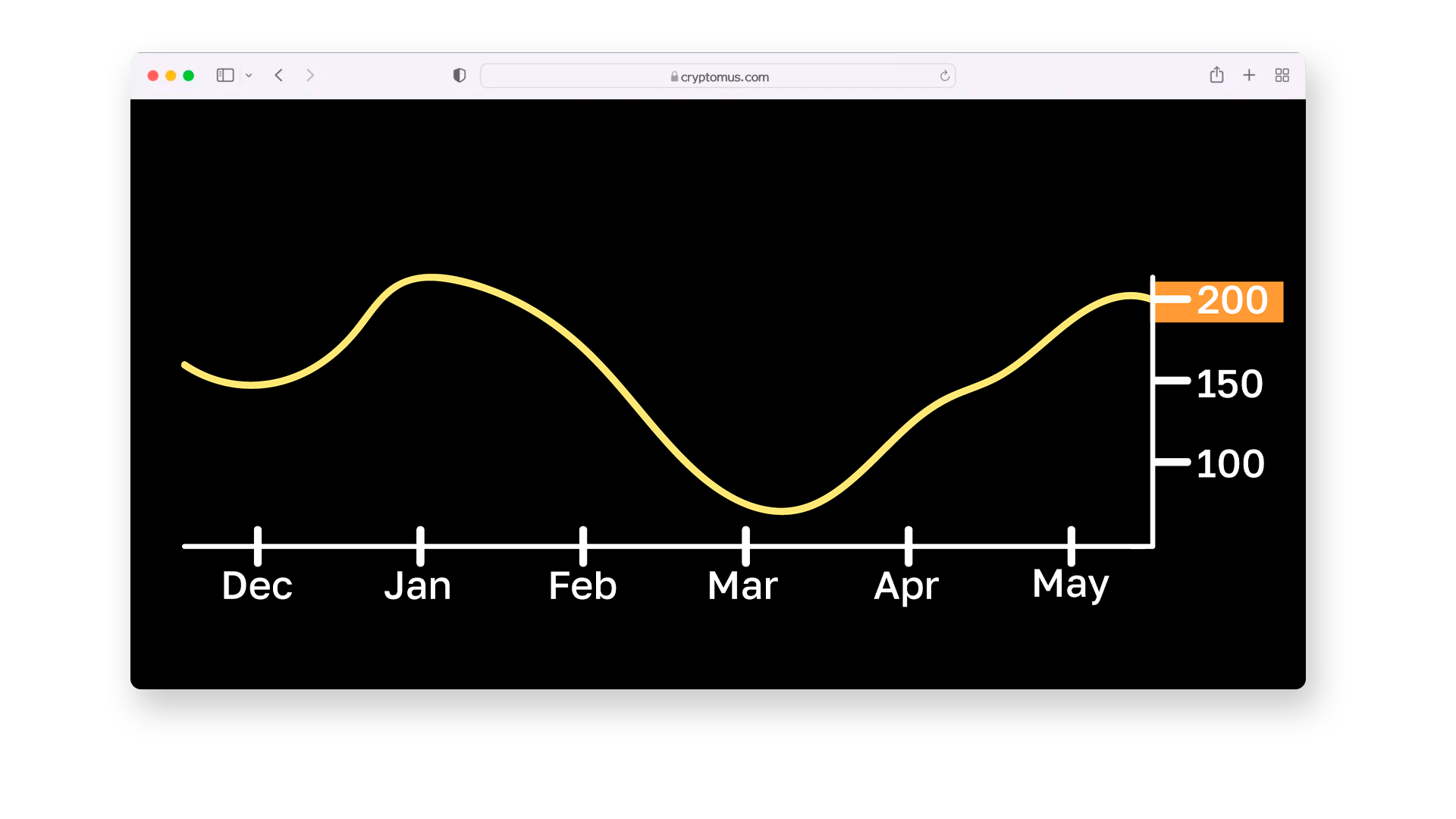
A essência do OBV é que rastreia se o volume está a entrar ou a sair de um ativo. Se o preço fechar mais alto, o volume do dia é adicionado ao OBV; se fechar mais baixo, o volume é subtraído. Um OBV crescente indica pressão de compra, enquanto um OBV decrescente sugere pressão de venda.
Os traders utilizam o OBV para confirmar tendências de preços ou detetar divergências. Por exemplo, se o preço subir, mas o OBV descer, isso pode sinalizar um enfraquecimento da tendência e uma possível reversão.
Índice direcional médio (ADX)
O Índice Direcional Médio (ADX) é um indicador que mede a força de uma tendência, independentemente de ser de alta ou de baixa.
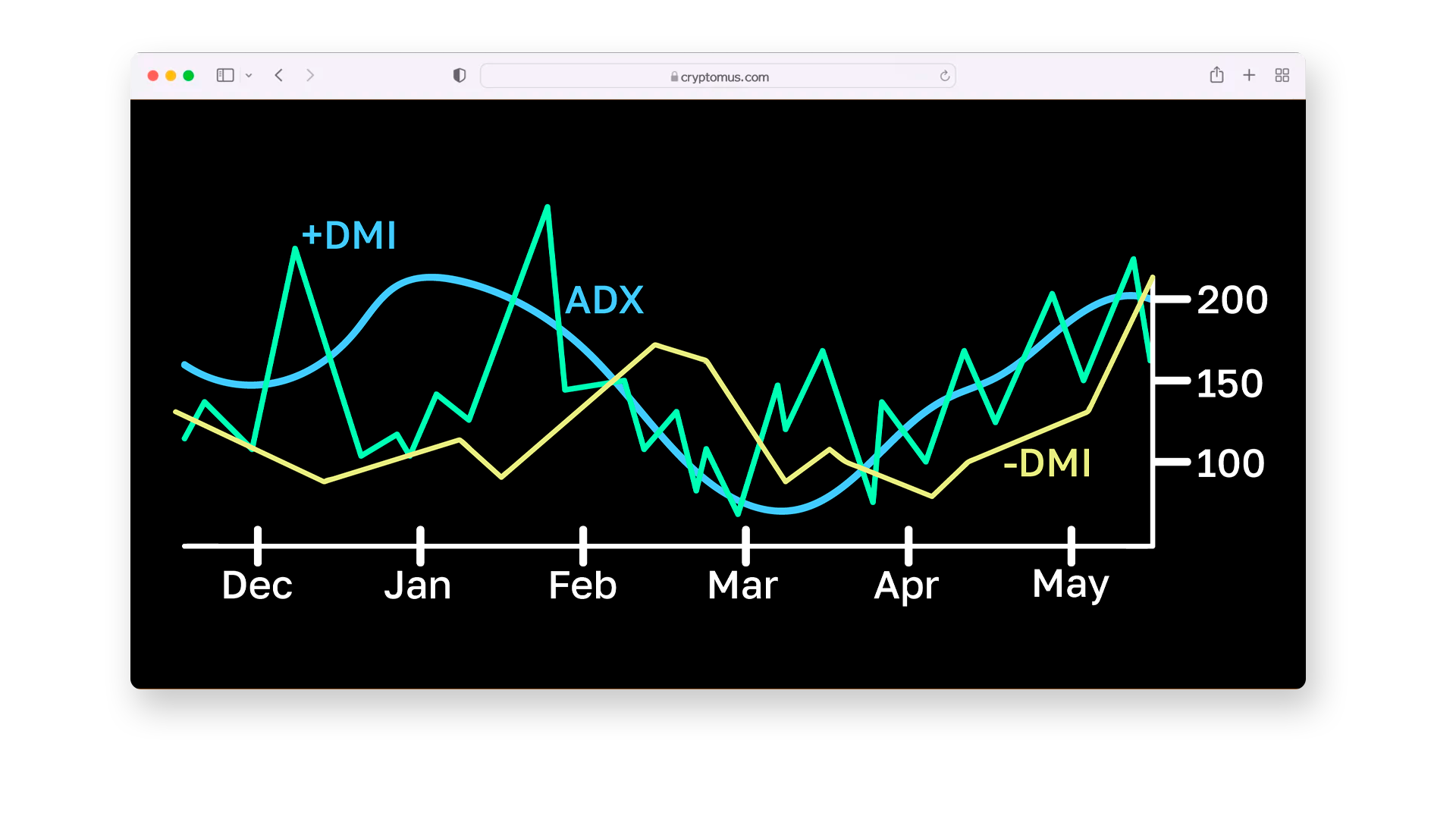
A essência do ADX é ajudar os traders a avaliar o quão forte é uma tendência. Um valor ADX elevado (acima de 25) indica uma tendência forte, enquanto um valor ADX baixo (abaixo de 20) sugere um mercado fraco ou lateralizado. O ADX é frequentemente utilizado em conjunto com o +DI (Indicador Direcional Positivo) e -DI (Indicador Direcional Negativo) para identificar a força e a direção da tendência.
Para calcular o ADX, primeiro calcula-se a diferença entre +DI e -DI e depois suaviza-se os valores ao longo de um período definido (geralmente 14 dias). O próprio ADX é um valor suavizado da diferença entre estes dois indicadores, ajudando os traders a determinar a força da tendência.
Assim, explorámos 10 dos melhores indicadores para a negociação de criptomoedas, cada um fornecendo informações valiosas sobre as tendências do mercado, o momentum, a volatilidade e os potenciais pontos de entrada ou saída. Ao utilizar estes indicadores de forma eficaz, os traders podem melhorar o seu processo de tomada de decisão, identificar oportunidades de mercado e gerir riscos.
Esperamos que este guia tenha sido útil para expandir o seu kit de ferramentas de trading. Obrigado pela leitura!
Avalie o artigo



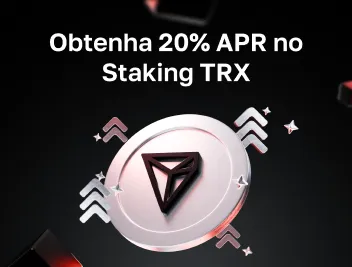




comentários
0
Você precisa estar logado para postar um comentário